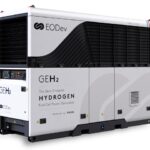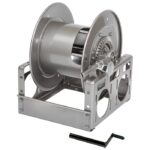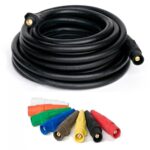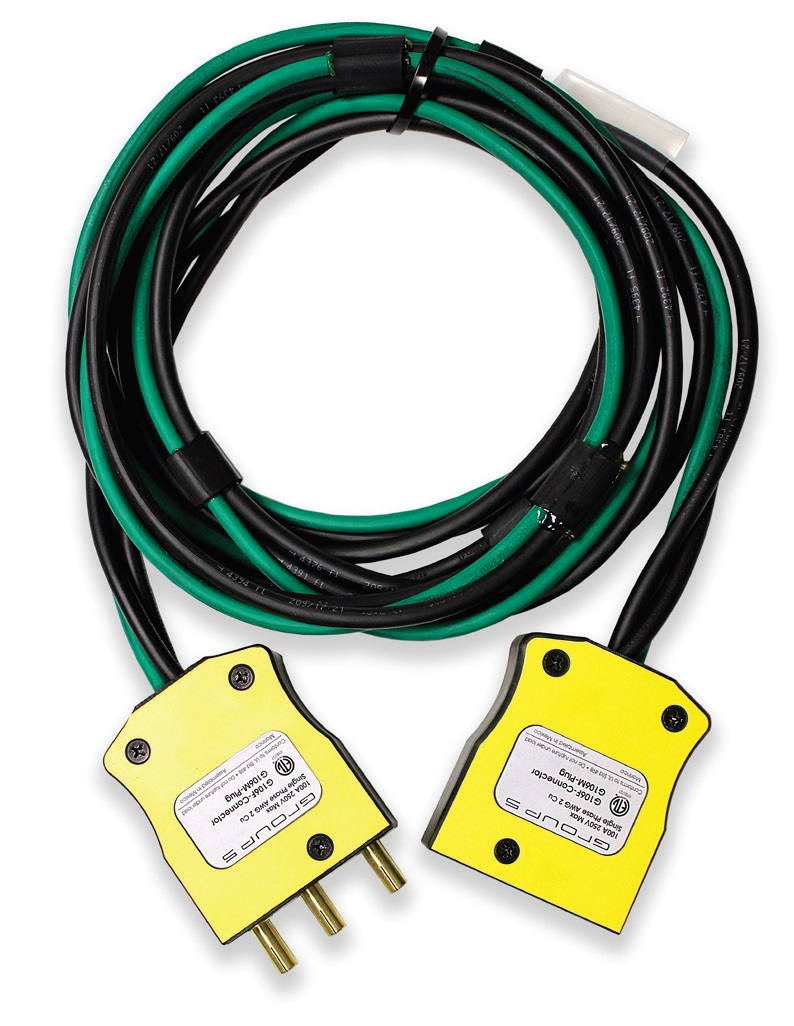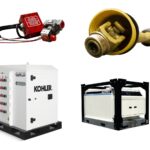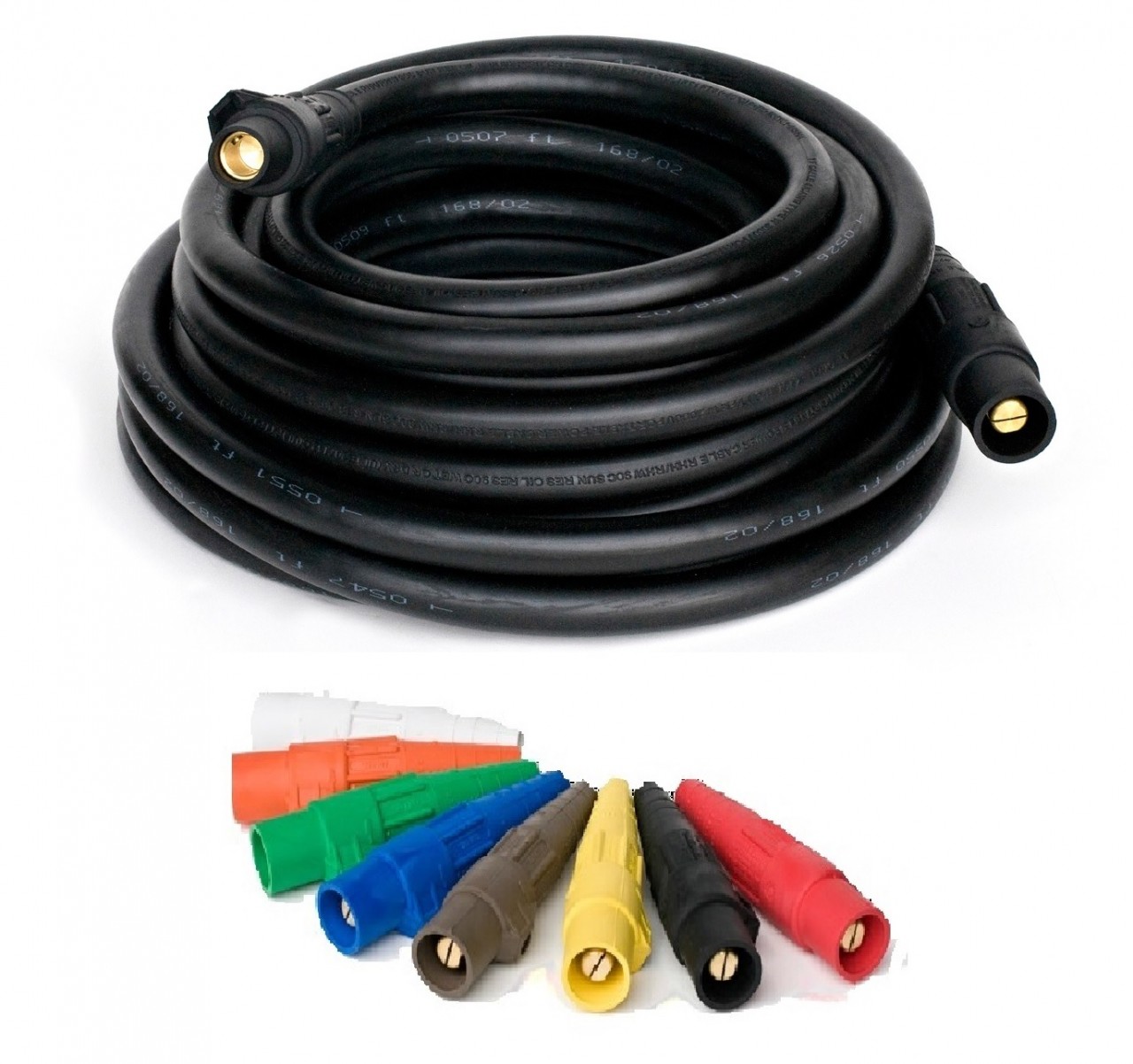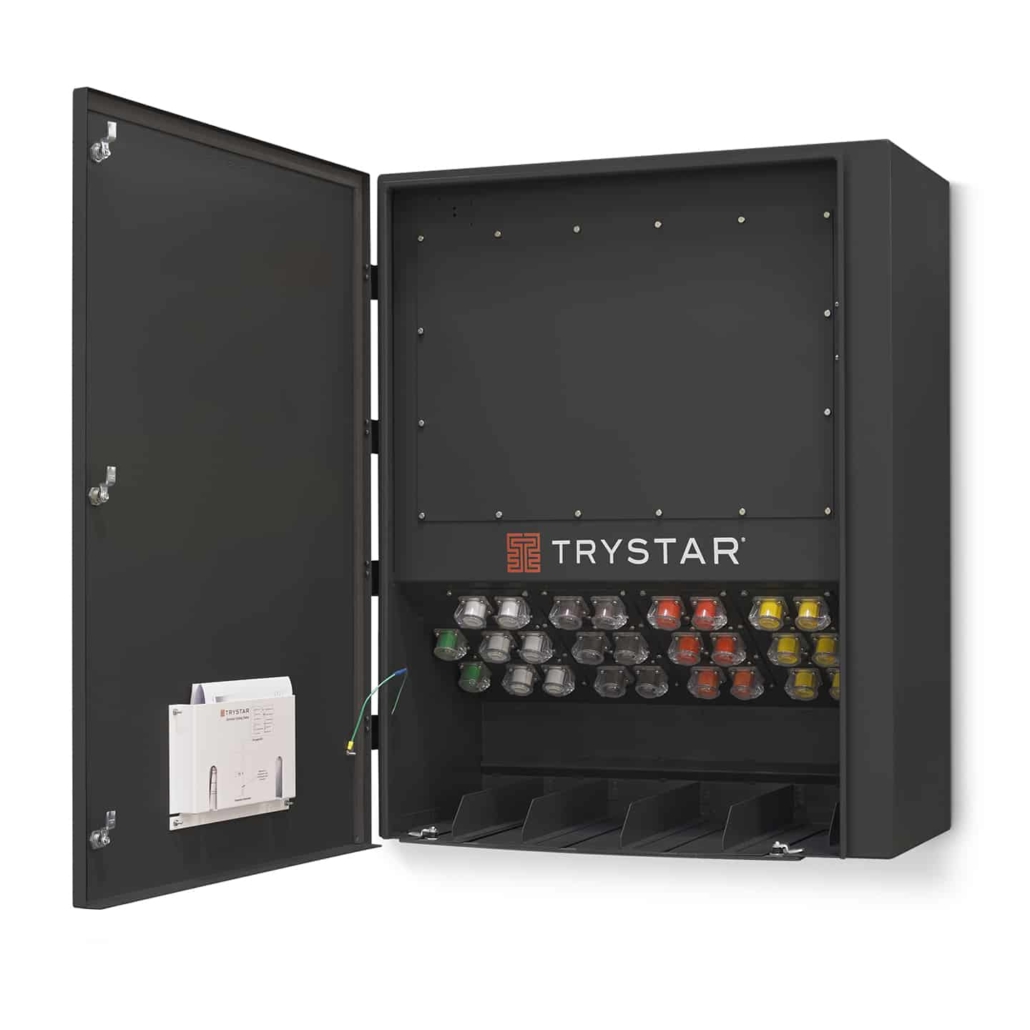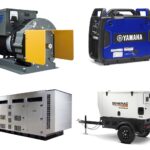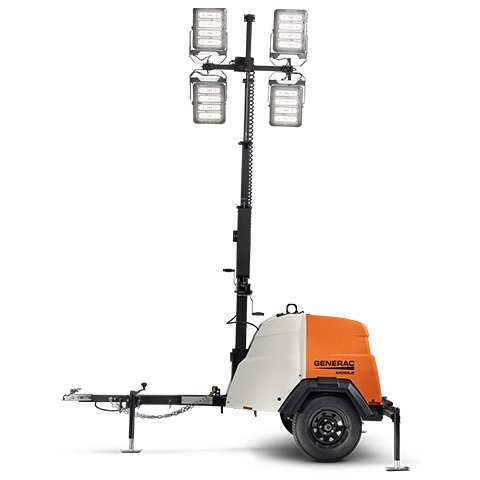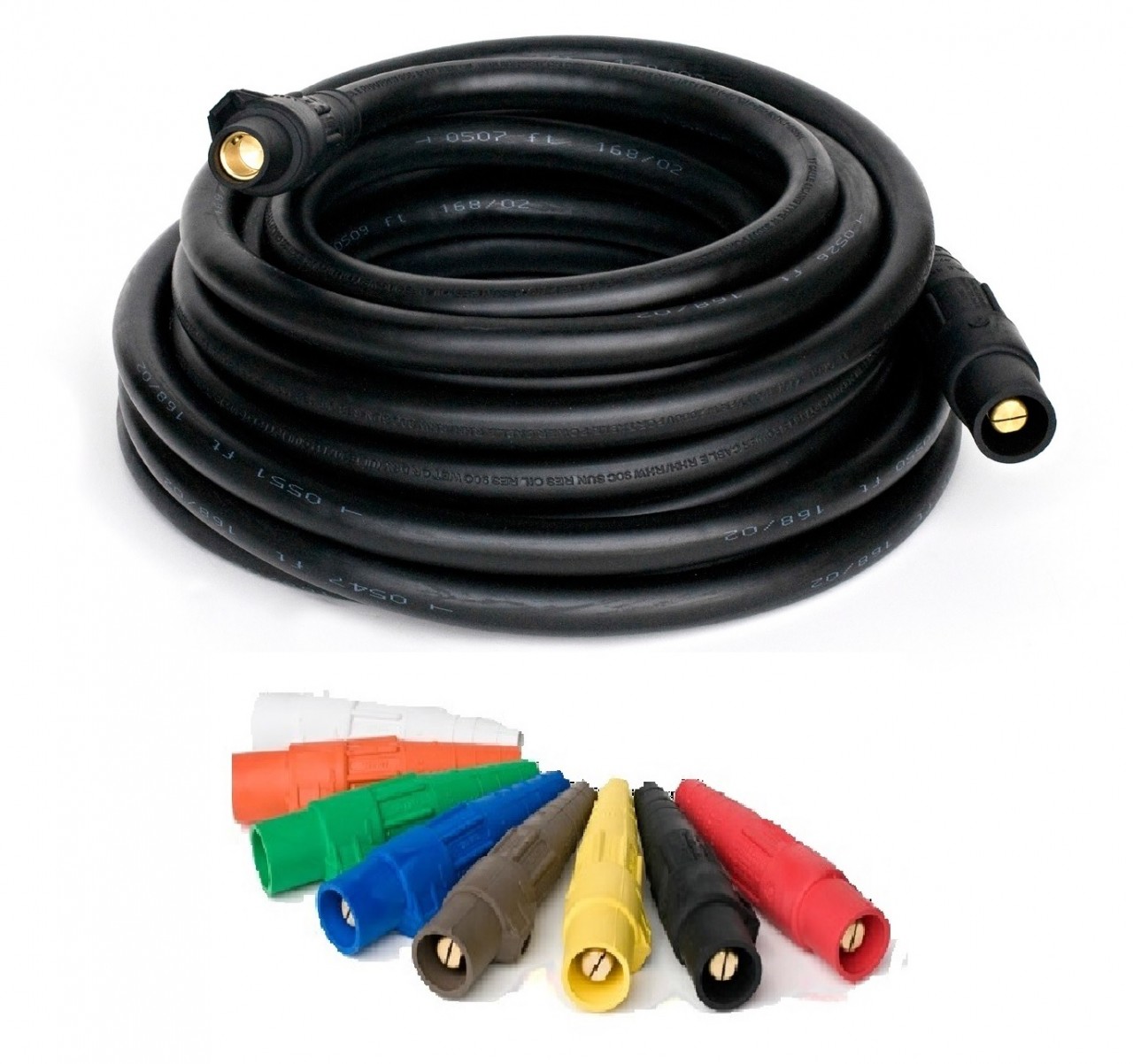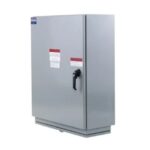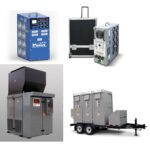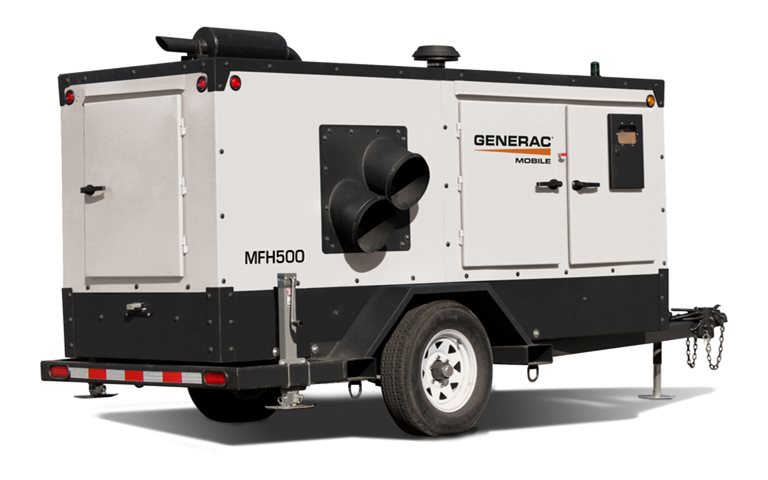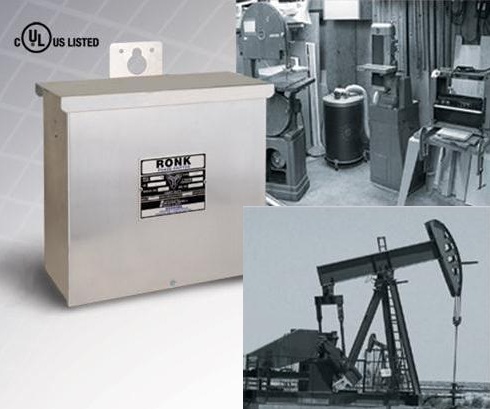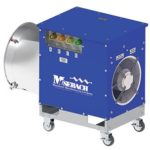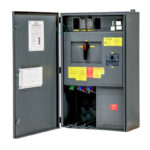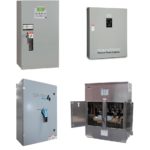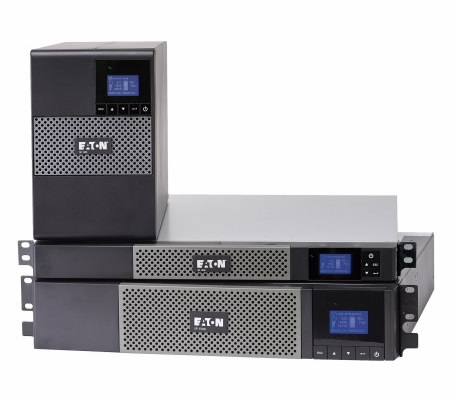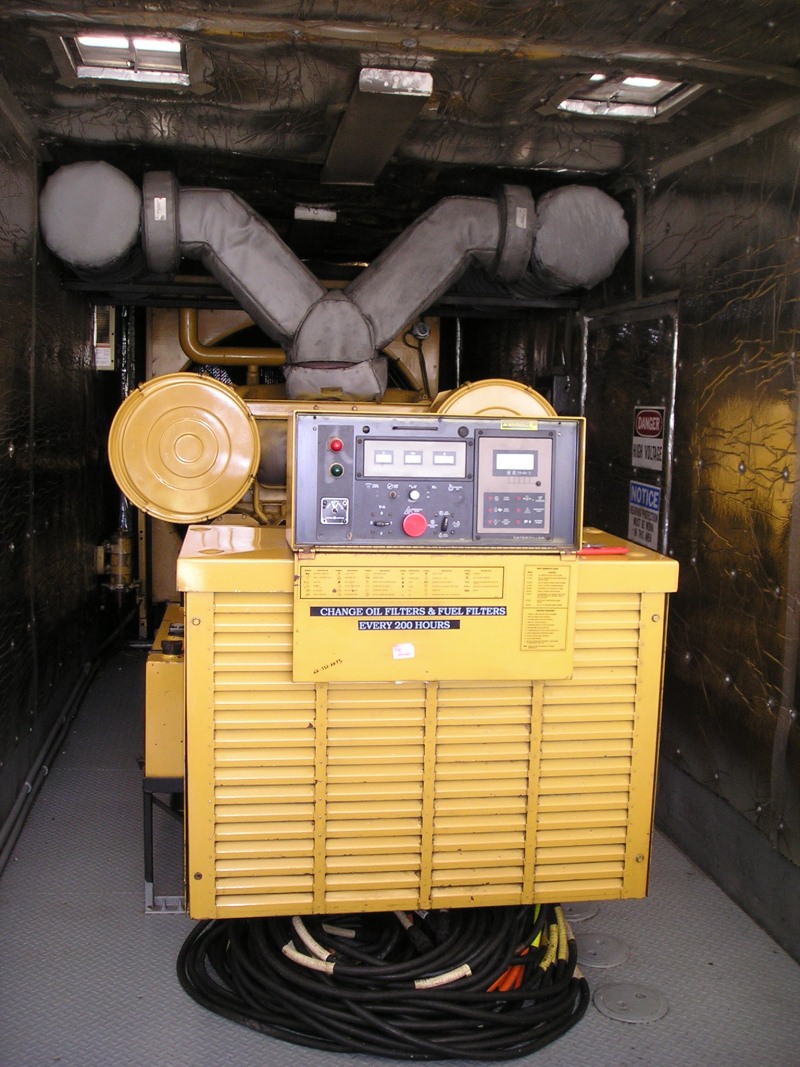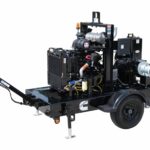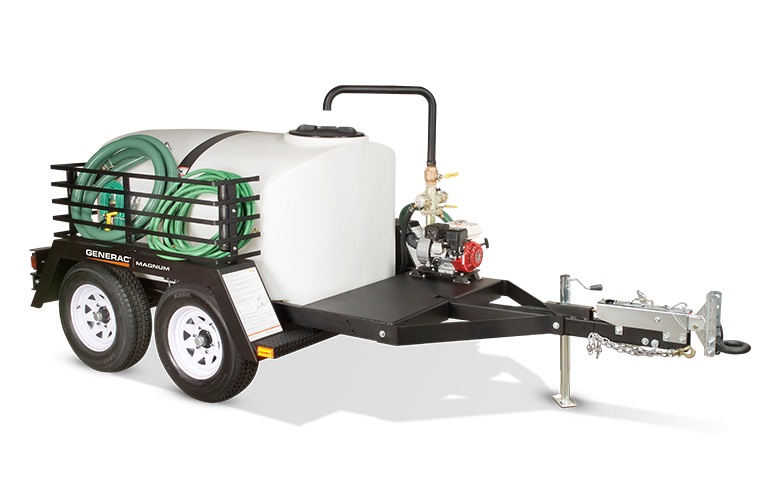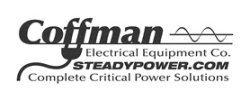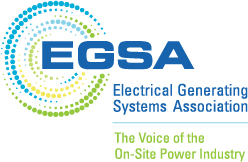Portable RV/Recreational Generators: The inverter technology makes them super quiet for recreational use and also provides the cleanest power for sensitive electronics like computers. These generators run on gasoline.
Portable Residential Generators: A good choice to power essential items in your home when the power goes out (refrigerators, freezers, pumps, sump pumps, furnaces, lights, etc.) and for use around your yard (electrical tools, etc.). Most residential portable generators run on gasoline, but some models run on L.P., Natural Gas, or all three.
Portable Construction and Industrial Generators: These generators are the perfect choice for the job site and various industrial applications. Single phase gasoline or diesel models and three phase diesel models are available. High cycle generators offer 60 Hz power for standard tools and 180Hz power for high-cycle vibrators.
Mobile Towable Generators: These diesel generators provide a lot of transportable power for many industrial and construction applications. Switchable voltage models allow use with several voltage applications. Single voltage models are for more defined single voltage applications.
Standby Generators: These stationary generators run most or all of your home or business when the power goes out. These generators are often used with an automatic transfer switch and starting system. Standby generators are also used for industrial and agricultural applications.
PTO Generators: Pair these generators with your tractor for portable power around your yard or farm.
Two Bearing Generators: These generators are powered by a variety of independent power sources using a pulley system–often used on service trucks.
Vehicle Mounted Generators: These generators are mounted on vehicles for emergency, spray foam, construction, oil field, and mining applications.
Welder Generators: Combines a generator with welding capabilities in one unit. Available in portable gasoline models and mobile diesel units.
Your portable generator must be used outside away from doors and windows. Watch the video, or visit www.takeyourgeneratoroutside.com for more information.
Consider the following options when buying a portable generator:
Generator Use
Home Use: To run essential items in your home when the power goes out and for occasional use around your yard to run electrical tools, choose a Portable Residential Generator.
Recreational Use: For use with your RV, or for camping, tailgating, and boating, choose a quiet RV/Recreational Generator.
Industrial Use: For regular use on the construction site or other industrial applications, choose a Portable Construction/Industrial Generator.
Amount of Power Needed
After determining how you will use your generator, the next thing you need to determine is how much power (watts) you need. Important questions include:
- What items do you want to power from your generator?
- Do you want to power all of the items at the same time or separately?
- How much power does each item take to run and start? Please be aware that many items require more power to start up – usually two to three times their running watts.
- By adding up what you want to start and run at the same time, you can determine how big of a generator you need.
Power Output Quality
Another important issue is the quality of power coming from the generator. This is less of an issue if you want to use your generator to power electrical tools, pumps, lights, or appliances. But if you want to power sensitive electrical equipment, consistent power quality is key. Fluctuations in power can cause sensitive equipment to shut down or even damage the equipment. For use with sensitive electronics, consider purchasing a generator with AVR or getting an inverter generator:
- The Automatic Voltage Regulator (AVR) on many generators is designed to consistently control voltage. The AVR keeps the output voltage more constant, regardless of the load. This means no spikes or brownouts. Look for this feature under the description of the generator. Many models will also show the voltage regulation in the Specs.
- Inverters produce the smoothest, cleanest power available, making them ideal for use with sensitive electrical equipment like computers.
Receptacles
Of course you want to make sure the generator you buy has the receptacles you want to use. Common house receptacles are 5-15 (15A). If you are using a transfer switch to power items in your house, you will want a locking receptacle of 20A, 30A or 50A – depending on how much power you need. Locking receptacles start with an “L” – L5-20 (20A 120V), L14-20 (20A 120/240V), L5-30 (30A 120V), L14-30 (30A 120/240V), etc. Receptacle information is found in the Specs for each generator.
Noise level
- You can find the noise level (dBA) for most generators in the Specs section for each model. To give you some perspective: Normal speech is around 60 dBA. A vacuum cleaner runs around 70 dBA.
- Inverter generators are the quietest on the market, making them the first choice for recreation use. Their quiet operation also makes them popular for home use, but keep in mind the inverter technology makes them cost more than most other residential portable generators.
- If you need a relatively quiet generator for construction or industrial applications, consider MQ Power’s Whisperwatt mobile generators.
Fuel Type
Most residential portable generators use gasoline, but some run on L.P., Natural Gas, or all three. Industrial/construction generators run on gasoline or diesel.
Fuel Efficiency & Run time
If you plan to use your generator a lot, you will want to look for a generator that is both fuel efficient and has a long run time. Some generators adjust the engine speed (RPM) based on the load for greater fuel efficiency. Both fuel efficiency and fuel tank size will effect the run time. You can find the run time under the Specs for most generators.
Starting System
Smaller and less expensive models tend to have a recoil starting system. Larger and more expensive models often have an electric start. See the Specs for the generator to determine the starting system on each model.
Weight and Transportability
Smaller generators (up to 2000W) tend to be light enough to carry. Many larger portable generators have available wheel kits. Many models also have a lifting eye kit either installed or available. Really large wattage generators usually have available trailers for transportability.
Warranty
Warranties vary by manufacturer. The warranty information is provided for most models toward the bottom of the Specs.
Accessories
Different manufacturers offer various accessories to go with their generators – from covers to wheel kits to remote starts to lights and more. You can find many of the available accessories for each generator in the upper right side bar.
Cost
Each option comes with a price tag. Higher wattage, smoother power, less noise, electric start, inverter technology – all of these will increase the cost of your generator.
Once you have decided on the options that are best for you, go to the type of generator you have chosen:
- Portable RV/Recreational Generators
- Portable Residential Generators
- Portable Industrial/Construction Generators
Generators are listed by wattage, so you can easily compare the different options by clicking into each generator with your desired wattage. For a faster comparison, you can check “Compare” on up to four generators in the category page, and click “Compare Selected” in the bottom right corner of the page. You can then compare receptacles, noise level, run time, starting system, cost, and more.
If you would like further help in choosing a generator, please call us at 1-888-331-5344. We would be happy to assist you.
You have an RV, and you are shopping for a portable generator to power your air conditioner and appliances. The obvious question is:
How big of a generator do I need for my RV?
The answer to that question is very much determined by another:
How big of a generator do I need to run my RV air conditioner?
Your air conditioner will likely take the most wattage by far, so you need to start here. You also need to know that it takes more power to start the air conditioner than it does to keep it running. The minimum wattage of the generator you need is equal to the starting wattage of your air conditioner.
| Size of Air Conditioner | Approximate Starting Watts | Approximate Running Watts |
| 13,500 btu | 2800-3000W | 1500-2000W |
| 15,000 btu | 3300-3500W | 1300-1800W |
So a 3000W generator can start your 13,500 btu air conditioner. Once the air conditioner is running you could also run other select items. How much power might those other items take? The following chart will give you approximate power usage, but the best thing to do is check the tags or stickers on your electronic items:
| Item | Approximate Starting Watts | Approximate Running Watts |
| KITCHEN ITEMS: | ||
| RV Fridge | 600W | 180W |
| Coffee Maker (4 cup) | 600W | 600W |
| Slow Cooker | 170-270W | 170-270W |
| Microwave (650W) | 1000W | 1000W |
| Electric Grill (Counter-top) | 1700W | 1700W |
| ENTERTAINMENT ITEMS: | ||
| Small Flat TV | 120-200W | 120-200W |
| Small Tube TV | 300W | 300W |
| DVD Player | 350W | 350W |
| Satelite Receiver | 250W | 250W |
| Radio | 50-200W | 50-200W |
| Laptop Computer | 250W | 250W |
| OTHER ITEMS: | ||
| Hair Dryer (1600W) | 1900W | 1800W |
| Radiant Heater | 1300W | 1300W |
| Portable Fan | 120W | 40W |
| Lights | See Light Bulb | See Light Bulb |
At this point you also need to know that most generators have a max wattage rating and a running wattage rating. So a 3000W generator might give you up to 3000W to start that air conditioner, but for long term use might only be rated 2600W. So after your 3000W generator starts your 13,500 btu air conditioner which might run at 2000W, you have around 600W to use on other items. You might watch TV with your satelite receiver, or start your slow cooker while listening to the radio.
If you are going to use your RV fridge after starting your AC, you have only about 400W to use for other items:
3000 Max Watts: 600W Fridge Startup + 2000W AC Running + 400W Other
2600 Running Watts: 180W Fridge Running + 2000W AC Running + 420W Other
Needless to say, if you plan to use much more than your AC, fridge, and lights, you probably want a larger generator.
Another important factor in buying a portable RV generator is noise level. You don’t want your generator keeping you awake at night or disturbing any neighbors near by. Portable inverter generators are known for their quiet operation – around 50-65 dBA. Another chart might help:
| Activity | Noise Level |
| Normal Speech / Air Conditioner | 60 dBA |
| Vacuum Cleaner | 70 dBA |
| Hair Dryer | 80 dBA |
Every 10dBA increase is twice as loud as the earlier noise. So in the chart above, a vacuum cleaner is twice as loud as normal speech. A hair dryer is four times as loud as normal speech. So a little change in dBA makes a big difference.
One final factor in buying a portable RV generator is weight. The larger you go, the more it weighs. While most 3000-6500W generators include a wheel kit as a standard or optional feature, getting the generator in and out of your RV or truck is an important factor to consider. For a lighter option, consider buying two 2000W generators that can be linked in parallel to offer up to 3600W together. At less than 50 lbs each, this option is easily movable, and when you don’t need to run your AC, you may be able to use only one.
Now that we’ve considered wattage needed, noise level, and weight, let’s tie all of this information to real portable RV generators you might want to consider buying. Honda and Yamaha offer quality portable RV generators with excellent engines, quiet operation, and three year warranties. Don’t forget to buy a RV plug adapter if you aren’t buying a package!
There are three right ways to power your house with your portable generator:
- Extension cords – You can power your appliances and lights using extension cords going through an open window or door to your generator. Disadvantages: Numerous cords and the inability to power items that do not have a power plug (i.e. are hardwired) – often your furnace, etc.
- Manual transfer switch off your circuit breaker panel – This allows you to choose a certain number of circuits that can be powered by your generator through the transfer switch. A power cord from your generator attaches to a power inlet installed in the transfer switch or a power inlet box connected to the transfer switch. When the power goes out, you simply flip the switches on the transfer switch from utility to generator in order to power your chosen circuits. You flip the switches back when the utility power becomes available again. A good option for powering a limited number of chosen circuits. Reliance offers single circuit switches, pre-wired models with up to 10 circuits, and sub-panels with up to 36 circuits – sufficient for most applications.
- Manual transfer switch connected between the utility power entry point and the circuit breaker box – Your generator is hardwired to the transfer switch. By placing the transfer switch before your circuit breaker box, you can power any circuit in your house in a power outage by simply flipping the switch from utility to auxiliary power. Note that power is limited to generator output, so you may need to move many of the breakers in your breaker box to “off” if your generator is not large enough to power the entire house. A good option especially for larger generators or in applications where many of the circuits may be needed at various times. Ronk offers several models up to 800A.
